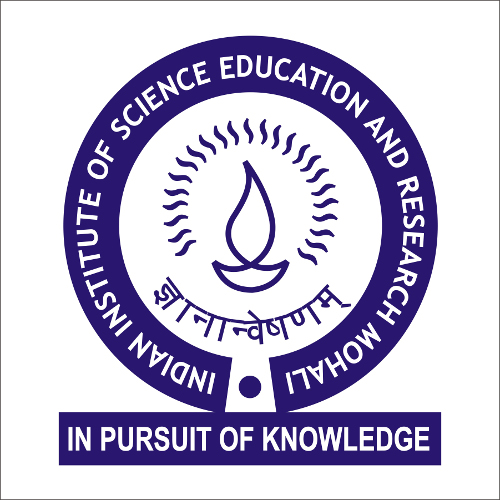Forthcoming Events
A modular journey from physics to maths
Dr. Aradhita Chattopadhyaya (Dublin Institute for Advanced Studies)
Location : Online
Abstract: The word 'modular' in English refers to structures which can be built independently. In a way this has been my journey among various aspects of physics (string theory and supersymmetric field theories) and maths, mostly aspects of number theory.
I will start with the definitions of modular, cusp, mock modular forms and give a glimpse of where we observe these objects in physics. In this part I will mention the work done in my sole maths paper where I found the exact location of zeros of some Eisenstein series of level N; while aiming to understand the correct "charges" for some models in N=2 heterotic string theory (related to symplectic automorphisms of K3).
I will then give a brief intuitive description of black holes in string theory and mention the results of BPS state counting which gives the entropy of black holes in type II strings. I will explain their relation to mock modular forms. For N=2 and N=4 type II string theories the computations differ strongly and in the N=2 cases the results for scaling black holes are given by mock modular forms of higher depth.
In the last part of the talk on my research I plan to give a short description of a recent observation of how prime numbers may be related to the instanton partition functions (without point-like instantons) in N=4 Vafa Witten theories (supersymmetric field theories with a topological twist) on projective plane $\mathbb{CP}^2$. To this end I will introduce the notion of a higher depth mock cusp form whose growth is greater than the Deligne bound for holomorphic cusp forms.
In the second part I aim to give a short description of my future plans in proceeding with N=2,4 type II string theories and also for Vafa Witten theories. Most of these studies revolve around understanding the relevant Appell Lerch sums, growth of mock modular forms, L- functions related to Eisenstein series encompassing elements of algebraic geometry, number theory and also group theory. I will mention my potential collaborators and finally end with my teaching experience and plans.
I will start with the definitions of modular, cusp, mock modular forms and give a glimpse of where we observe these objects in physics. In this part I will mention the work done in my sole maths paper where I found the exact location of zeros of some Eisenstein series of level N; while aiming to understand the correct "charges" for some models in N=2 heterotic string theory (related to symplectic automorphisms of K3).
I will then give a brief intuitive description of black holes in string theory and mention the results of BPS state counting which gives the entropy of black holes in type II strings. I will explain their relation to mock modular forms. For N=2 and N=4 type II string theories the computations differ strongly and in the N=2 cases the results for scaling black holes are given by mock modular forms of higher depth.
In the last part of the talk on my research I plan to give a short description of a recent observation of how prime numbers may be related to the instanton partition functions (without point-like instantons) in N=4 Vafa Witten theories (supersymmetric field theories with a topological twist) on projective plane $\mathbb{CP}^2$. To this end I will introduce the notion of a higher depth mock cusp form whose growth is greater than the Deligne bound for holomorphic cusp forms.
In the second part I aim to give a short description of my future plans in proceeding with N=2,4 type II string theories and also for Vafa Witten theories. Most of these studies revolve around understanding the relevant Appell Lerch sums, growth of mock modular forms, L- functions related to Eisenstein series encompassing elements of algebraic geometry, number theory and also group theory. I will mention my potential collaborators and finally end with my teaching experience and plans.

